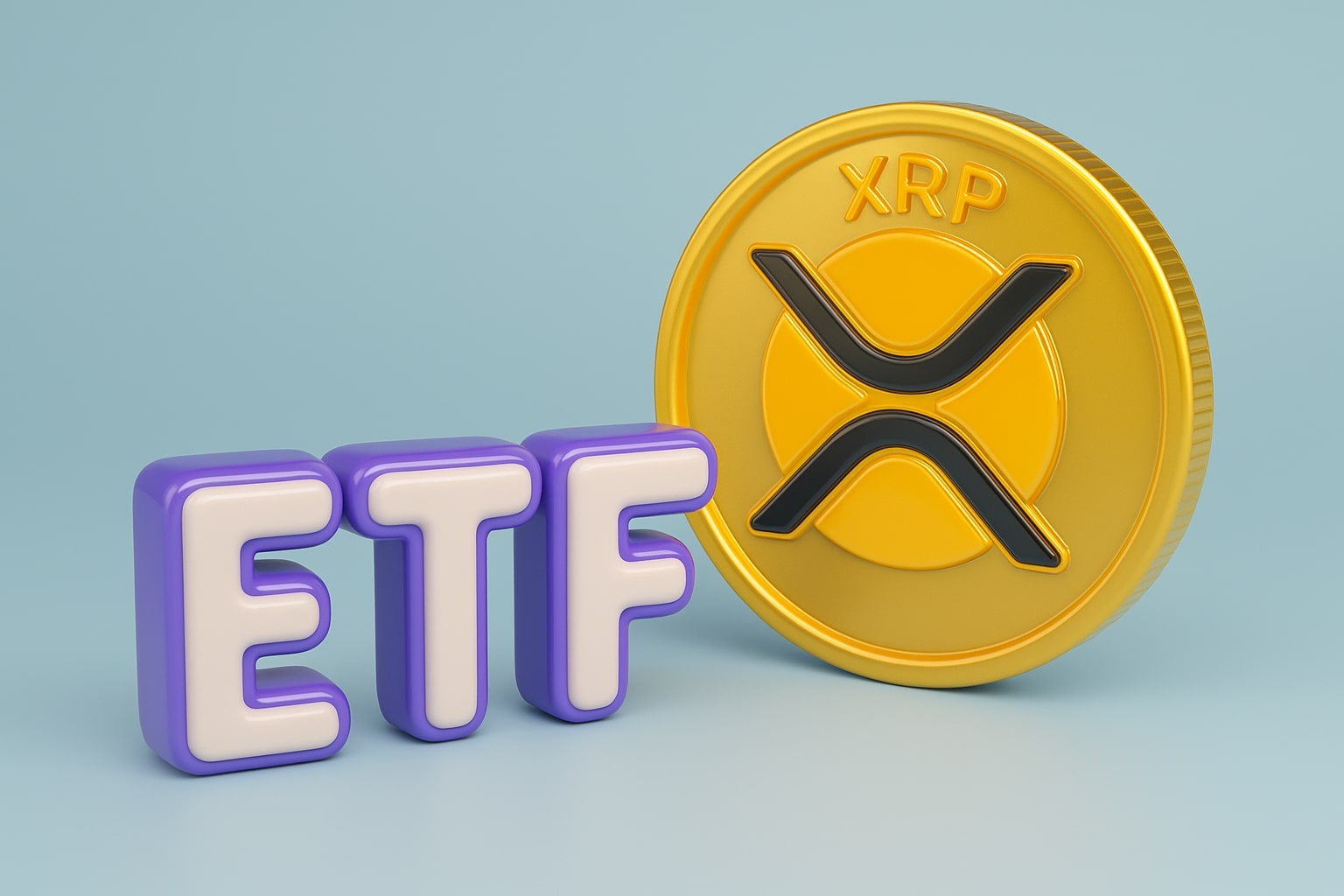
Natural Gas Price Forecast - NG=F Steadies at $4.33 as 110.1 Bcf/day Output and Cold Front Shape Price Outlook
NG=F slips 0.62% after testing $4.42 resistance, balancing record U.S. supply, strong LNG exports, and rising heating demand forecasts. Traders watch $4.19–$4.75 range | That's TradingNEWS
Natural Gas (NG=F) Price Analysis: $4.33 Pullback Meets Global Supply Strain and Winter Demand Surge
Natural Gas Struggles at $4.45 Resistance as Cold Front Looms
Natural Gas (NG=F) futures eased to $4.33 per MMBtu, down 0.62%, after testing $4.42 and failing to break above the critical 200-day moving average at $4.454. Traders had pushed prices up 3% on Thursday after a smaller-than-expected +33 Bcf storage build and a colder forecast for the northern U.S. Yet as sellers defended that technical barrier, momentum faded heading into Friday’s close. The current setup reflects a market torn between weather-driven demand optimism and stubbornly high production, leaving bulls hesitant without a confirmed breakout. Forecasts from NatGasWeather and Atmospheric G2 now point to a significant cold front sweeping the western and northern states from November 10–15, with overnight lows dropping into the upper teens, potentially driving early-season heating demand.
Storage and Production Data Signal Structural Pressure
Despite the weather support, fundamentals remain heavily supply-weighted. Lower-48 dry gas production reached a record 110.1 Bcf/day, up 8.4% year-over-year, according to BloombergNEF. The latest EIA report confirmed storage levels at 3,915 Bcf, or 4.3% above the five-year average, underscoring that inventories remain ample. The +33 Bcf injection for the week aligns with market expectations but highlights that production still outpaces consumption. Meanwhile, the U.S. rig count rose by 4 to 125, marking a 2.25-year high, reinforcing the production-heavy narrative heading into winter. Even as LNG export flows improved modestly to 17 Bcf/day, the sheer volume of domestic output continues to cap bullish sentiment. The overall balance remains tight but not yet under true shortage conditions, making it difficult for prices to sustain a break above $4.45 without additional supply disruptions or an early polar vortex event.
Technical Picture: Key Levels Define the Next Move
From a chart perspective, NG=F is locked between support at $4.19 and resistance near $4.45, with intermediate pivot support at $4.33. A decisive drop below $4.33 could confirm near-term weakness and open the path to $4.08, while any bounce above $4.45 could target $4.75—the 38.2% Fibonacci retracement—as the next breakout level. Above that, the $4.91–$5.15 range comes into play, signaling the upper edge of the bullish channel seen throughout October and early November. The 50-day moving average at $3.94 remains intact beneath price action, keeping the medium-term uptrend valid. Momentum indicators are mixed: the RSI sits near 52, showing neither exhaustion nor strength, while the MACD continues to flatten, suggesting consolidation before the next major directional move.
Global Outlook: LNG Exports Tighten Supply Across Asia and Europe
Globally, the natural gas landscape continues to exhibit bullish undertones that extend beyond U.S. weather. Data from AlchemPro’s Q4 2025 Global Gas Outlook show international LNG markets tightening as export commitments expand amid geopolitical uncertainty. Spot LNG prices in Asia remain elevated, supported by surging winter demand from China, Japan, and South Korea, where power utilities are replenishing stockpiles ahead of cold waves expected in December–February. In Europe, inventories—though higher than 2022’s crisis levels—are being drawn faster due to reduced Russian pipeline inflows and steady LNG import demand. European buyers have continued paying premiums for U.S. LNG cargoes, sustaining robust export volumes that indirectly lift Henry Hub-linked prices.
Regional Market Sentiment and Trade Flows
In North America, the South-Central region, home to major LNG terminals, shows below-average storage, revealing how export pull is reshaping domestic balance sheets. Industrial and power-generation demand remains strong, particularly as natural gas continues to supply 43% of U.S. electricity output, with rising data center loads adding incremental consumption. However, the Midwest and East Coast regions still hold moderate inventory cushions, offering some buffer against near-term volatility. For traders, the regional imbalance suggests a winter marked by localized price spikes rather than uniform nationwide surges.
Corporate Positioning and Infrastructure Expansion
Several key U.S. producers and infrastructure players stand to benefit from this market structure. Cheniere Energy (NYSE:LNG) remains at the forefront of LNG exports, operating terminals at Sabine Pass and Corpus Christi with combined capacity exceeding 45 million tons per annum, allowing it to capture arbitrage opportunities between domestic and international markets. Kinder Morgan (NYSE:KMI), with 66,000 miles of natural gas pipelines and 15% of U.S. storage capacity, plays a crucial role in balancing regional flows, serving both industrial clients and power generators. Meanwhile, Energy Transfer LP (NYSE:ET) continues to expand its 107,000-mile network, responding to growing inquiries from power plants and AI-driven data centers, where potential gas demand exceeds 8 Bcf/day. These infrastructure expansions are strategically positioned to capitalize on LNG export bottlenecks and domestic redistribution needs as winter intensifies.
Geopolitical and Macro Catalysts Driving NG=F Futures
Beyond North American fundamentals, geopolitical instability continues to embed a risk premium into natural gas pricing. Escalating tensions in Eastern Europe and the Middle East are reshaping energy trade flows, while possible shipping disruptions near the Suez Canal or Panama Canal could constrain LNG transit. Analysts warn that even a 2% drop in export efficiency could tighten balances enough to push NG=F above $5.00/MMBtu. Additionally, exchange rate movements are magnifying cost pressure for Asian importers, particularly as the Japanese yen and Korean won weaken against the dollar, making U.S.-linked LNG contracts more expensive but still indispensable.
Read More
-
PFFA ETF Nears $21.50 as Rate Cuts and 9.49% Yield Spark Renewed Demand
29.11.2025 · TradingNEWS ArchiveStocks
-
XRPI and XRPR ETFs Ignite Ripple’s Institutional Rally as Inflows Near $1B and XRP Holds $2.20
29.11.2025 · TradingNEWS ArchiveCrypto
-
Natural Gas Price Forecast - NG=F Blasts to $4.85 as Demand Surge Fuel Multi-Month Breakout
29.11.2025 · TradingNEWS ArchiveCommodities
-
USD/JPY Price Forecast - Yen to Dollar Slides to 156.10 as Yen Strengthens on Fed Cut Expectations
29.11.2025 · TradingNEWS ArchiveForex
Short-Term Trading Outlook: High Volatility, Tight Range
Traders should anticipate continued volatility into next week. The short-term bias remains bearish while NG=F holds below $4.45, though the broader trend retains a bullish foundation given export-driven strength and tightening regional inventories. Market watchers expect a retest of $4.20, followed by renewed bids into the $4.70–$4.90 range if weather forecasts confirm deeper cold in mid-November. Should temperatures remain moderate, however, natural gas could correct toward $4.00–$3.85, filling earlier gaps created during the December contract rollover.
Medium-Term Forecast: Tight Balances Into 2026
Looking further ahead, structural dynamics support firm pricing through early Q1 2026. Futures remain elevated between $4.00–$4.40/MMBtu, far above last year’s $1.83 levels, and investors are positioning for limited downside unless new liquefaction capacity comes online. The interplay of LNG export demand, U.S. production discipline, and global weather risk underpins this view. Analysts forecast sustained Henry Hub averages above $4.10 into spring 2026, assuming no major supply shocks.
Verdict: HOLD — Bullish Structure with Short-Term Correction Risk
Natural Gas (NG=F) remains supported by strong export flows and cold-weather expectations, yet near-term technical fatigue caps immediate upside. The $4.45 resistance remains pivotal. Until that level is cleared, the market may oscillate between $4.10 and $4.75, offering tactical opportunities for disciplined traders. Structural tightness and resilient demand justify a HOLD stance with bullish bias, targeting $4.90–$5.15 over the next 3–6 months as winter volatility amplifies and global LNG flows tighten further.



















